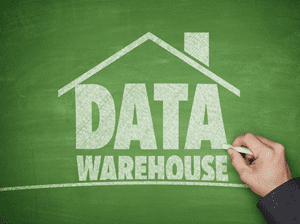A data warehouse is a centralized repository that stores and provides decision-support data and aids workers engaged in reporting, query, and analysis. Data warehouses represent architected data schemas that make it easy to find relevant data consistently and research details in a stable environment.
Data sources, including data lakes, can pipe data to a data warehouse. Data warehouse integration happens through ETL (extract, transform, and load) processes. ETL algorithms copy, format, and upload the data for ready use in data warehouses.
Data warehouses provide insight into operational processes and open new possibilities to leverage data towards making decisions and creating organizational value.
